Is your product roadmap slowed down because data insights are trapped in silos instead of driving real-time decisions? Are you struggling to differentiate your SaaS product in a crowded market despite investing in AI pilots?
2025 has been witnessing the rapid transformation of the SaaS landscape by Generative AI, shifting them from the experimental phase to the enterprise-critical stage.
While Generative AI in SAAS Products is offering important productivity gains, it is also bringing in various challenges related to security and governance, especially with the rise of Shadow AI. Organizations are struggling to manage the risks associated with increased SaaS-to-SaaS integrations and the decentralized ownership of SaaS applications.
Table of Contents
Generative AI is no longer just a novelty. For businesses to succeed in this constantly changing & competitive market, it is essential to innovate, operate, & safeguard data. Generative AI in SAAS Products is widely being adopted wherein employees are implementing various Gen AI tools for enhancing the results while saving time preventing task repetition.
When it comes to security concerns and governance challenges, shadow AI and shadow SaaS have increased with the employment of Gen AI, especially when tools are used without any relevant authorization. Associations with third-party vendors bestow them with overprivileged access that includes sensitive information, raising a security threat.
Highlight UX upgrades powered by Generative AI in SAAS Products
Here are some key UX upgrades powered by Generative AI:
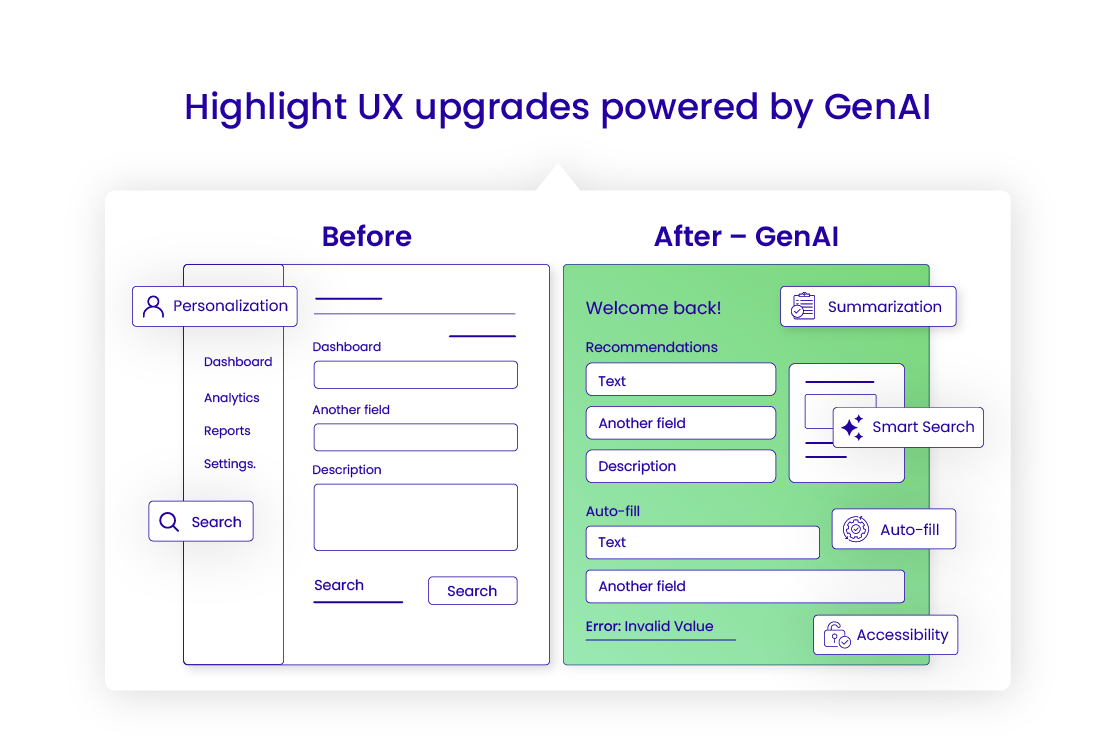
-
Hyper-personalization: GenAI allows for the creation of interfaces and content dynamically adapting to individual user behaviors and preferences.
-
Adaptive Interfaces: Instead of static designs, GenAI enables interfaces that adjust in real-time based on user interaction, context, and even emotional state.
-
Enhanced Creativity and Exploration: Generative AI in SAAS Products acts as a powerful brainstorming partner, assisting designers in generating diverse design variations, color schemes, and layouts based on given parameters.
-
Faster Prototyping and Iteration: GenAI can rapidly generate prototypes and design variations from initial concepts or even simple text prompts.
-
Intelligent Design Assistants: GenAI-powered tools provide real-time suggestions and feedback to designers during the design process.
-
Simplified Content Creation: Generative AI tools can automate or assist in generating various types of content for UX, including microcopy, button labels, onboarding text, and even visual elements.
-
Streamlined User Research and Testing: GenAI tools can analyze qualitative and quantitative data, summarize user feedback, identify themes, and generate reports, speeding up the research process.
-
Conversational Interfaces: GenAI drives the creation of chatbots and virtual assistants that understand natural language and provide personalized support and recommendations, enhancing customer service.
Recommended Reading:
- AI SaaS RAG Workflows: Smarter Knowledge Retrieval for CXOs
- SaaS Management: Streamlining Your Subscriptions, Spend, and Efficiency
- SaaS Security 2025: How to Stay Ahead of AI-Powered Threats
- OpenAI SaaS integration – A Quick Guide for CXOs
- Serverless SaaS in 2025: Build Scalable Multi-Tenant Apps with Less Code
Here are some popular examples that are more relatable and shall help in understanding the Generative AI-powered UX upgrades:
-
Netflix utilizes GenAI to provide personalized movies and show recommendations based on user viewing history and preferences.
-
Spotify’s “Discover Weekly” playlist is another example of GenAI in action, curating personalized music recommendations for users based on their listening habits.
-
Companies like Airbnb leverage Generative AI for customer support, using chatbots to automatically generate responses to common guest inquiries.
-
Canva has integrated GenAI to offer enhanced customization options, allowing users to create images and videos directly from text prompts.
It’s important to note that while GenAI offers powerful benefits, it also presents challenges like potential biases in AI models, ethical considerations regarding data privacy, and the importance of maintaining the human touch in design.
Explore Growth through Insights led by Generative AI in SAAS Products
For those who might be wondering what is driving this drastic transformation in SaaS products?
Well, AI is the one responsible for this transformation by offering deep insights into various key areas like user behavior, hyper-personalization, and automation of tasks. All of these have resulted in enhanced customer experience, better efficiency, and increased revenue.

US-based SaaS companies that are hiring & incorporating Gen AI-powered tools and technologies for optimizing their strategies for product development, marketing, and customer success.
Wish to know more about how Generative AI in SAAS Products is driving growth??
AI is upgrading user understanding and product development by offering AI-driven analytics for determining user behavior patterns that is letting SaaS companies easily recognize the scope of improvements in their offered products.
Also, with the AI-powered predictive analytics, companies can determine any potential churn while actively attending any user issue. Along with these, the personalized experiences offered via Gen AI, users can avail themselves of the maximum potential of the product.
Lastly, Generative AI SaaS creates customized content, recommendations of products, and even quick code snippets for improving the level of user experience in a much better way.
Examine voice, chat, and predictive UX of Generative AI in SAAS Products
We are all quite familiar with features like voice, chat, and predictive UX options as we come across these in our daily use of AI tools.
Any questions, Mr. CXO?
Him – “So how do you suggest these features are important for my SaaS business?”
A good question!
So, features like the chat, voice, and predictive UX are becoming increasingly important in Generative AI in SAAS Products since it improves user experience through customized communications.
Users can get prompt access to features & information in a human-like conversational manner using the voice & chat options.
On the other hand, predictive UX identifies the requirements of users, simplifies the relevant workflow and decreases friction.
A quick look at the benefits of these features, CXOs?
-
Increased User Engagement
-
Improved Efficiency
-
Reduced Support Costs
-
Enhanced User Satisfaction
With the voice feature, users are getting ‘hands-free’ navigation. Simply touch or press the microphone icon and say like – Hey Siri/Alexa, show me the best tool for image creation? Or give a good birthday wish message?
Chat offers instant support through the AI-powered chatbots, and they connect you with a human representative for more information or assistance.
Generative AI in SAAS Products: Use cases of Winning Product Strategies
To come up with efficient & best SaaS AI strategies in 2025 that create a win-win situation for your business, you need to understand how the top US companies incorporated the best Enterprise SaaS AI solutions and executed theirs while achieving successful results.
Let’s take the example of one of the Generative AI SaaS case studies for Netflix, a popular name in the world of OTT platforms.
“Netflix initially focused on catering DVD rentals. But it focused on becoming a leader in the world of online streaming, willing to showcase the importance of adapting to the current/changing market trends.
Netflix understood the customer’s need and pain points.
Customer 1: I want to watch my favorite movies or shows while I am travelling.
Customer 2: I don’t have a DVD player at home. Renting one costs too much.
Well, Netflix adapted to technological advancements to meet customer requirements. Gradually, the company switched from their DVD rental concept to a popular online OTT platform.”
Likewise, CXOs should also analyze the market and understand the current trends or what’s going to happen in the next couple of years. If you can predict this, consider the game half won.
To win the second half, you need to meet the demands of customers/users and meet them through incorporation of proper Enterprise SaaS AI solutions.
Conclusion
From smarter UX enhancements to AI-driven growth and conversational interfaces, successful providers that cater advanced Generative AI SaaS consulting services should be reach out to.
Yet pragmatic execution remains imperative: design responsibly, secure data, and align with customer needs.
CXOs should forge ahead with GenAI as a strategically beneficial tool.
Organizations like BluEnt incorporate the latest strategies for Generative AI SaaS product development, enable data-driven insights, and invest in conversational and predictive capabilities to redefine value delivery and let you gain a competitive advantage.
FAQs
How is Generative AI transforming SaaS products in 2025?Generative AI is moving SaaS from experimental pilots to enterprise-critical tools, driving hyper-personalization, predictive UX, and real-time insights that accelerate product growth and differentiation.
What are the biggest challenges of adopting Generative AI in SaaS?The main challenges include security risks, shadow AI usage, governance gaps, and third-party vendor over-access to sensitive data, all of which require strong policies and monitoring.
How does Generative AI improve SaaS user experience (UX)?GenAI enables adaptive interfaces, AI-powered design assistance, faster prototyping, personalized recommendations, and conversational AI features like chatbots and voice assistants that streamline engagement.
Can Generative AI SaaS boost revenue growth?Yes. By offering AI-led insights into customer behavior, churn prediction, and personalized engagement, SaaS companies can enhance retention, increase upselling, and optimize product-market fit.
What should CXOs focus on while implementing Generative AI in SaaS?CXOs should focus on responsible AI adoption—balancing innovation with data privacy, governance, and ethical use, while ensuring AI integration aligns with business goals and customer needs.












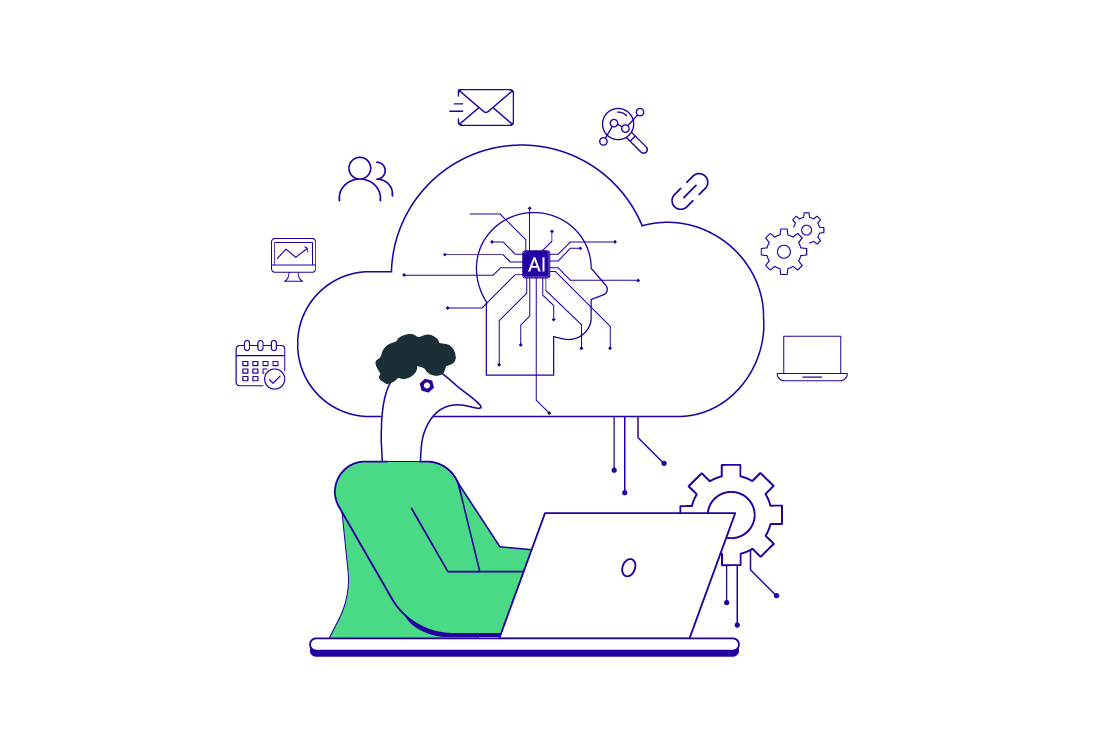
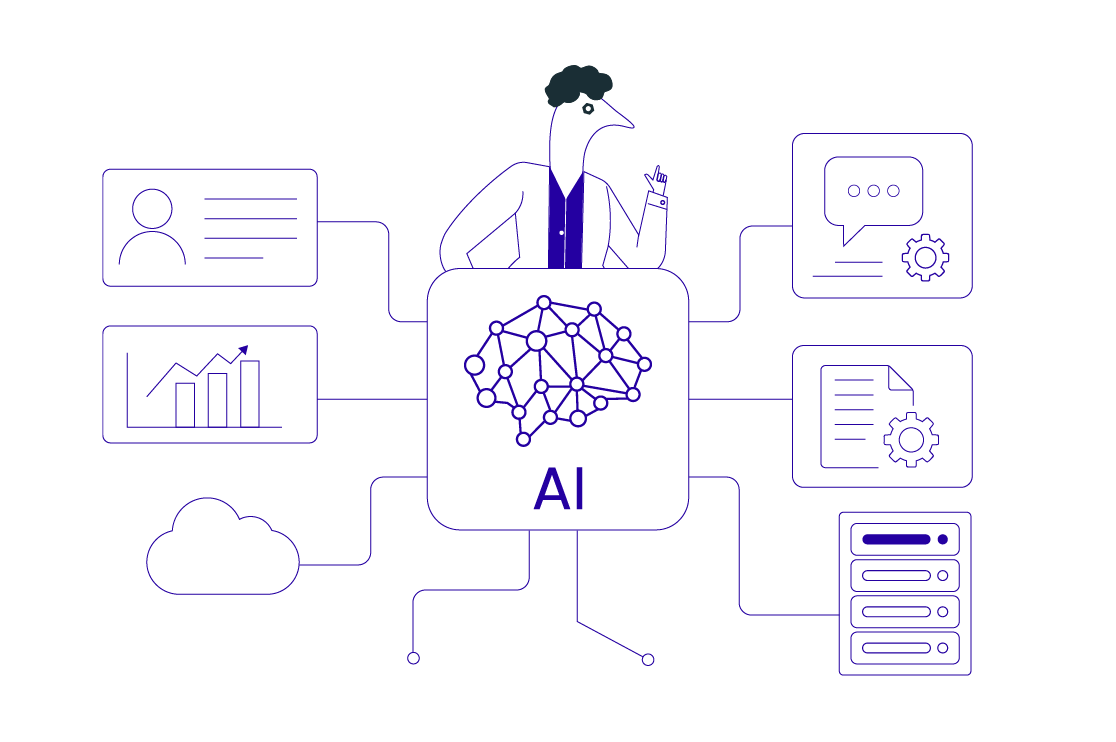 Enterprise AI Strategy: A CXO’s Roadmap to an AI-First Future
Enterprise AI Strategy: A CXO’s Roadmap to an AI-First Future 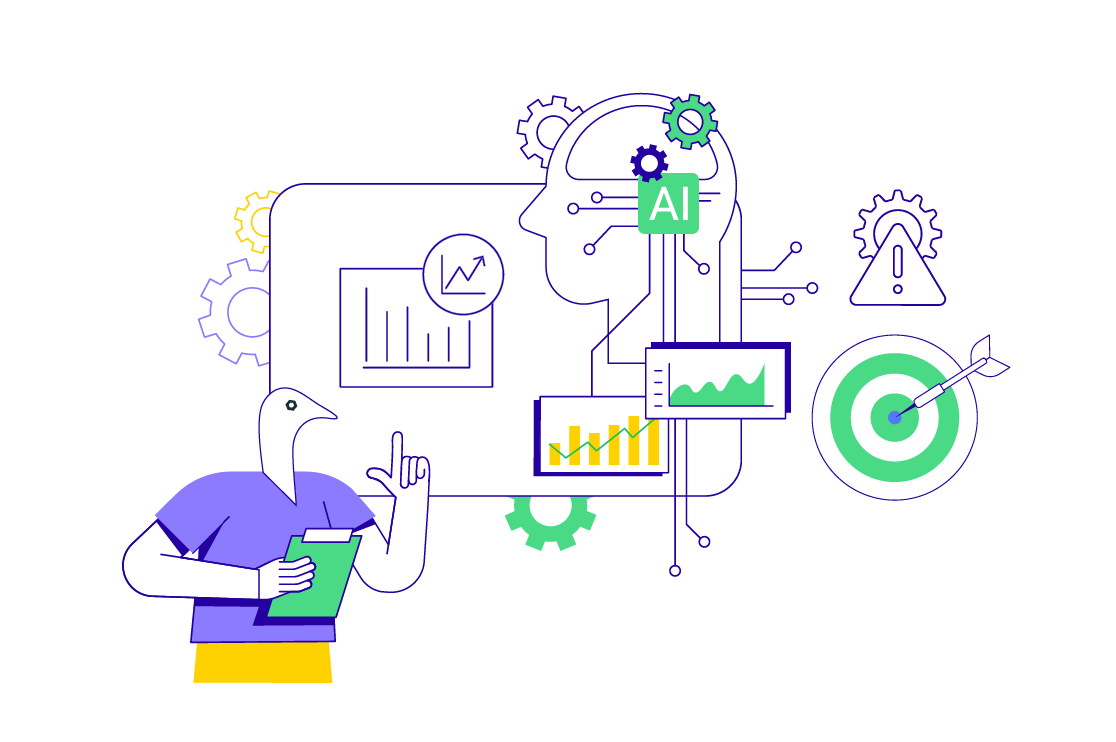 Artificial General Intelligence (AGI): Opportunities, Risks, & CXO Strategies for the Future
Artificial General Intelligence (AGI): Opportunities, Risks, & CXO Strategies for the Future 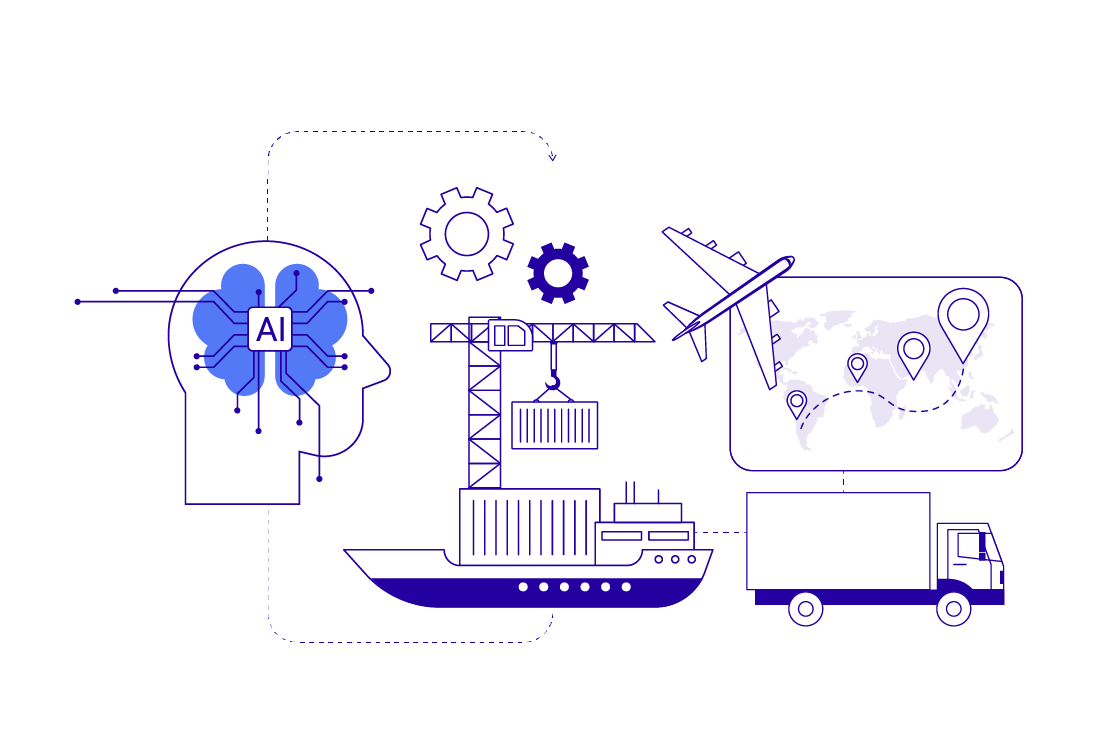 AI for Supply Chain Resilience & Optimization: Strategies for 2025 and Beyond
AI for Supply Chain Resilience & Optimization: Strategies for 2025 and Beyond 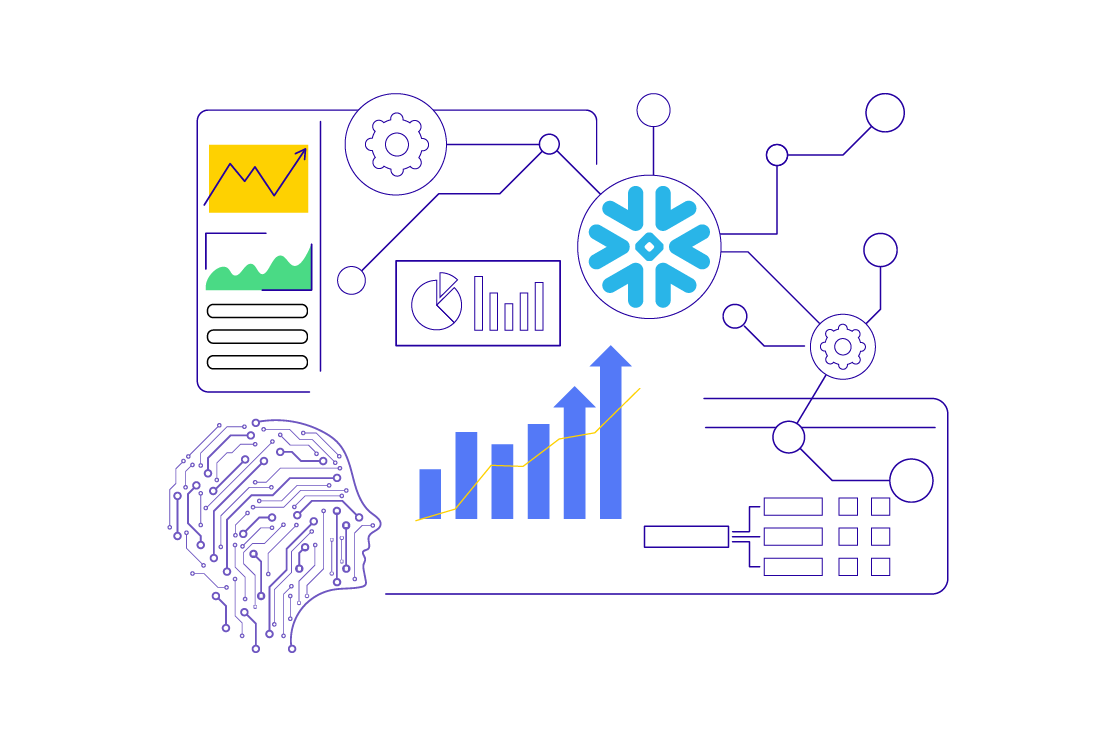 Snowflake AI Strategy: Bringing A New Dawn of Intelligence Enterprises
Snowflake AI Strategy: Bringing A New Dawn of Intelligence Enterprises 
